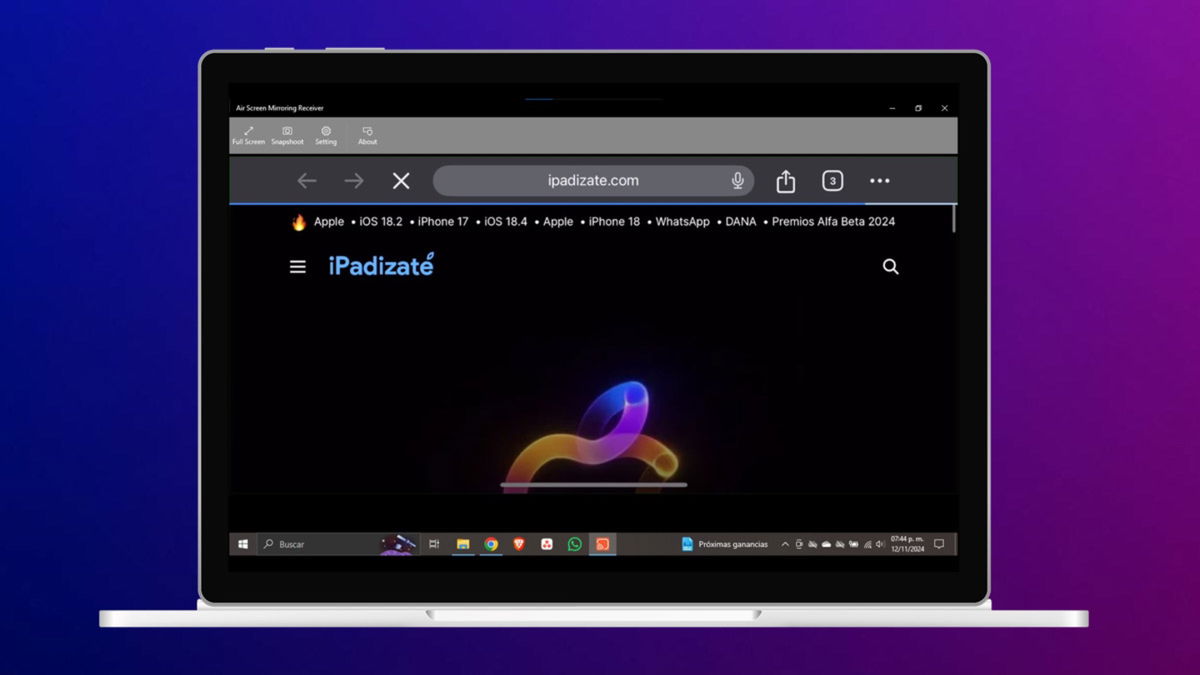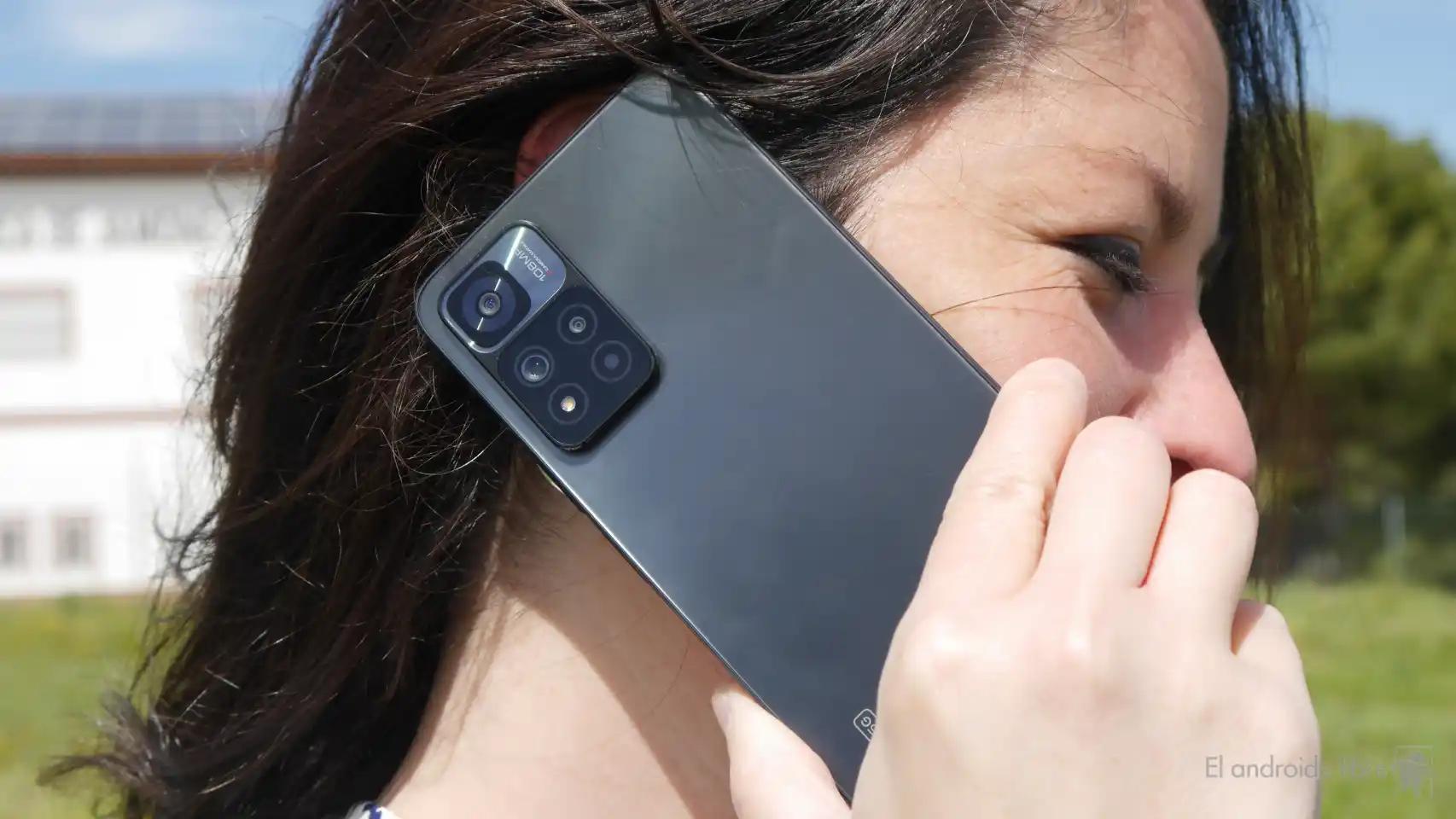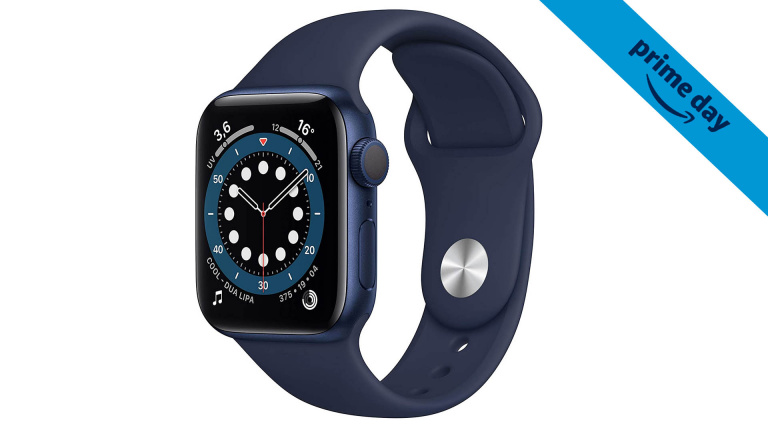One of the differences between an iPhone and an Android mobile is that in the latter, it is much easier to install applications informally, from external sources. According to Tim Cook, this is why Android has 47 times more malware than iOS.
This was made known in an interview with Brut, adding that “loading apps outside of the App Store would destroy iPhone security. However, the number used by Tim seems a bit outdated: It dates from 2018.
The APK’s fault
If you want to install an app on Android, you have a lot of options. The first is usually Google Play, although there are many other app stores like Huawei App Gallery, Galaxy Store, Aurora Store, UpToDown, or Amazon App Store, to name a few. In addition, it is possible install applications directly from your APK
This is one of the big differences between Android and iOS, where there is only one store, the App Store, and also unable to install apps outside of store. At least, not without the first jailbreak, use certificates for companies or other processes much more complicated than their counterparts on Android.
Tim Cook is not a fan of this direct installation of applications, considering that “would destroy iPhone security“, as well as all the privacy and security initiatives built into the App Store.
Tim Cook says loading apps on iPhone outside of the app store destroys iPhone security
These initiatives refer to privacy labels, advertising tracking or manual review of applications, which selection of applications that become available for the user. Google is doing a similar, not-so-comprehensive screening on Google Play, but this has already prompted some apps like Telegram to launch a different version for inside and outside the store. Outside of the store, it is the law of the jungle and the mobile is only protected by Play Protect and Android’s own protections.
In the interview, Tim Cook gives the information that there is 47 times more malware on Android than on iOS. The source was not given, although it appears that the Nokia Threat Intelligence report white paper for 2019, which collects data on infections by operating system for the previous year, i.e. say 2018. 0.85% malware infections on iPhone and 47.15% on Android mobiles.

The figure used by Tim Cook dates from 2018
He is an important figure and the report itself agrees with Tim Cook in demonizing external app loading, stating that “the main reason malware targets the Android platform is that once sideloading is enabled, apps can be installed from anywhere.”
However, it is also a figure from three years ago. Meanwhile, Google has improved Google Play Protect, creating an alliance between ESET, Lookout and Zimperium to share threat intelligence. In 2019, Play Protect blocked 1.9 billion apps containing malware. In 2020, Google blocked a million malicious apps from reaching the store.
The Tim Cook figure dates back to a few years ago. Latest data is about 15 times more malware on Android than on iOS, not 47
Last year Nokia released its updated Threat Intelligence Report 2020, which includes figures collected in 2020. Interestingly, infections on iPhone have increased to 1.72% and those affecting Android have dropped significantly. at 26.64% of the total.

The latest figures from Nokia’s latest security report
It is also important to note that the percentages are based on number of infections. According to Statista, Android’s market share is 72% and iOS’s is 24%. There are a lot more Android phones in circulation than iPhones, and this also influences the number of infections.
In any case, according to the latest figures from the latest Nokia report, Android has about 15 times more malware than iOS. It’s still a much higher amount, although much less than what Cook preferred to use. There is a greater possibility of killing malware on the phone, but in exchange for almost complete freedom over what is installed on the mobile. The decision is up to the user.
Via | Android Authority
Pictures | Wikipedia









